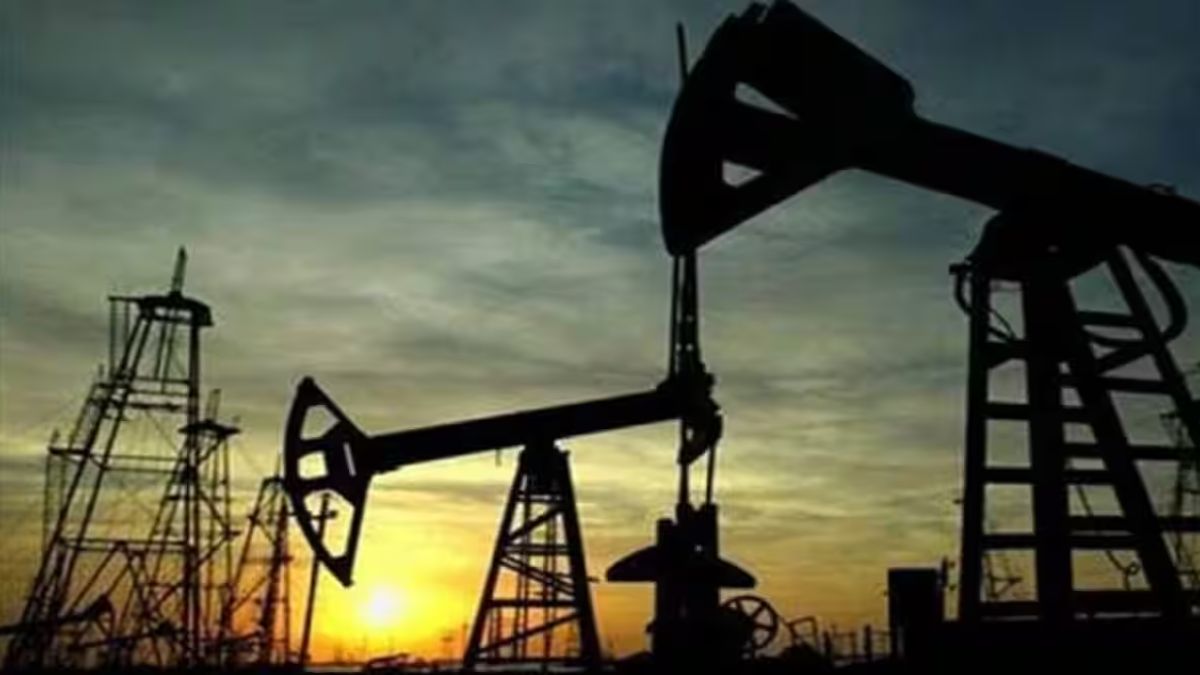Oil prices climbed on Monday, reversing some of Friday’s losses, as investors focused on a tight global supply outlook and a last-minute deal that avoided a U.S. government shutdown restored their risk appetite.
Brent December crude futures rose 18 cents, or 0.2%, to $92.38 a barrel by 0037 GMT after falling 90 cents on Friday. Brent November futures settled down 7 cents at $95.31 a barrel at the contract’s expiry on Friday.
Both benchmarks rallied nearly 30% in the third quarter on forecasts of a wide crude supply deficit in the fourth quarter after Saudi Arabia and Russia extended additional supply cuts to the end of the year.
The Organization of the Petroleum Exporting Countries with Russia and other allies, or OPEC+, is unlikely to tweak its current oil output policy when a panel meets on Wednesday, four OPEC+ sources told Reuters, as tighter supplies and rising demand drive an oil price rally.
“Oil prices started the week on a strong note amid supply concerns with no policy change by OPEC+ expected, while the avoidance of a U.S. government’s shutdown over the weekend gave some relief,” said Hiroyuki Kikukawa, president of NS Trading, a unit of Nissan Securities.
“Still, whether or not the market will rise further will depend on future demand trends,” he said.
A last-minute decision by Republican House of Representatives Speaker Kevin McCarthy to turn to Democrats to pass a short-term funding bill pushed the risk of shutdown to mid-November, meaning the U.S. federal government’s more than 4 million workers can count on continued paychecks for now.
Amplifying supply fears, the U.S. oil and gas rig count, an early indicator of future output, fell by seven to 623 in the week to Sept. 29, the lowest since February 2022, energy services firm Baker Hughes said in its closely followed report on Friday.
Brent is forecast to average $89.85 a barrel in the fourth quarter and $86.45 in 2024, according to a survey of 42 economists compiled by Reuters on Friday.
Meanwhile, investors remained cautious about the Chinese economy as the country’s factory activity expanded at a slower pace in September, a private-sector survey showed on Sunday, with sluggish external demand weighing on the outlook even as output increased.
The world’s second-largest economy is showing some signs of stabilising after a flurry of modest policy measures, but the outlook is clouded by a property slump, falling exports and high youth unemployment, raising fears of weaker fuel demand.

